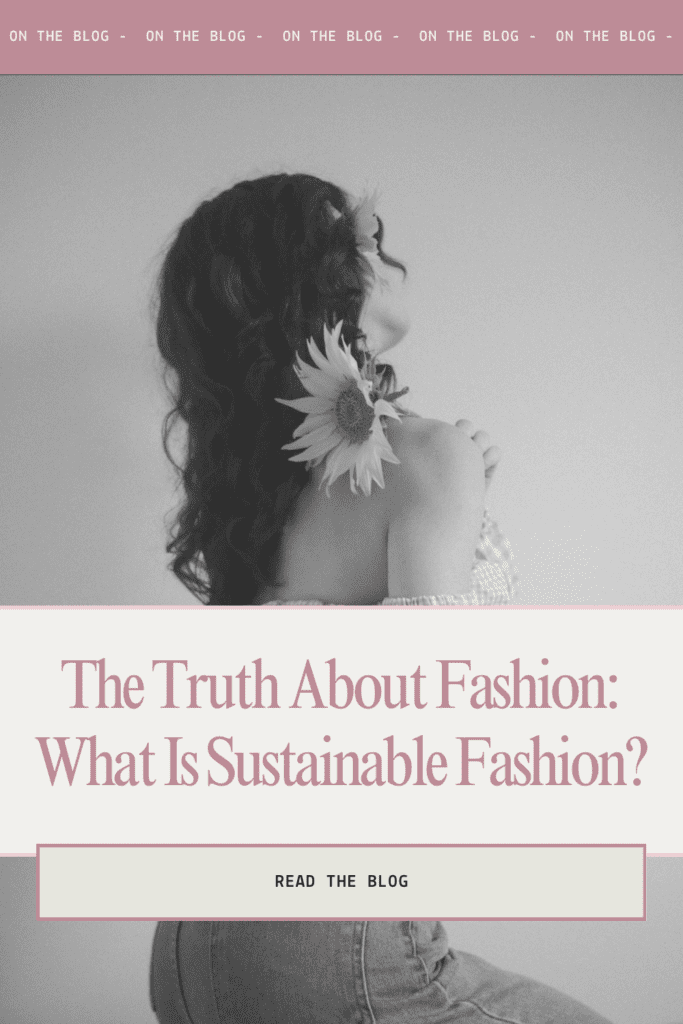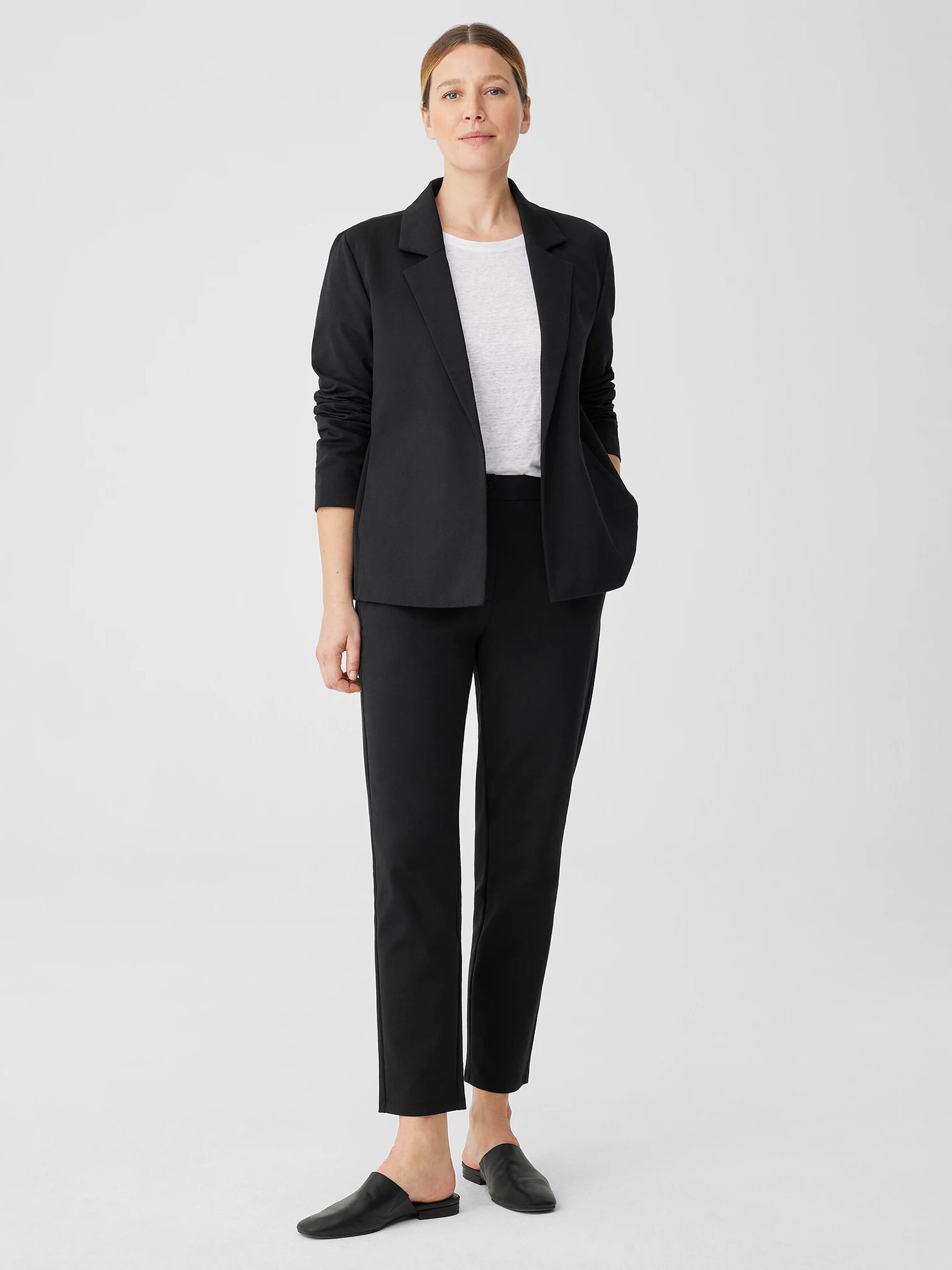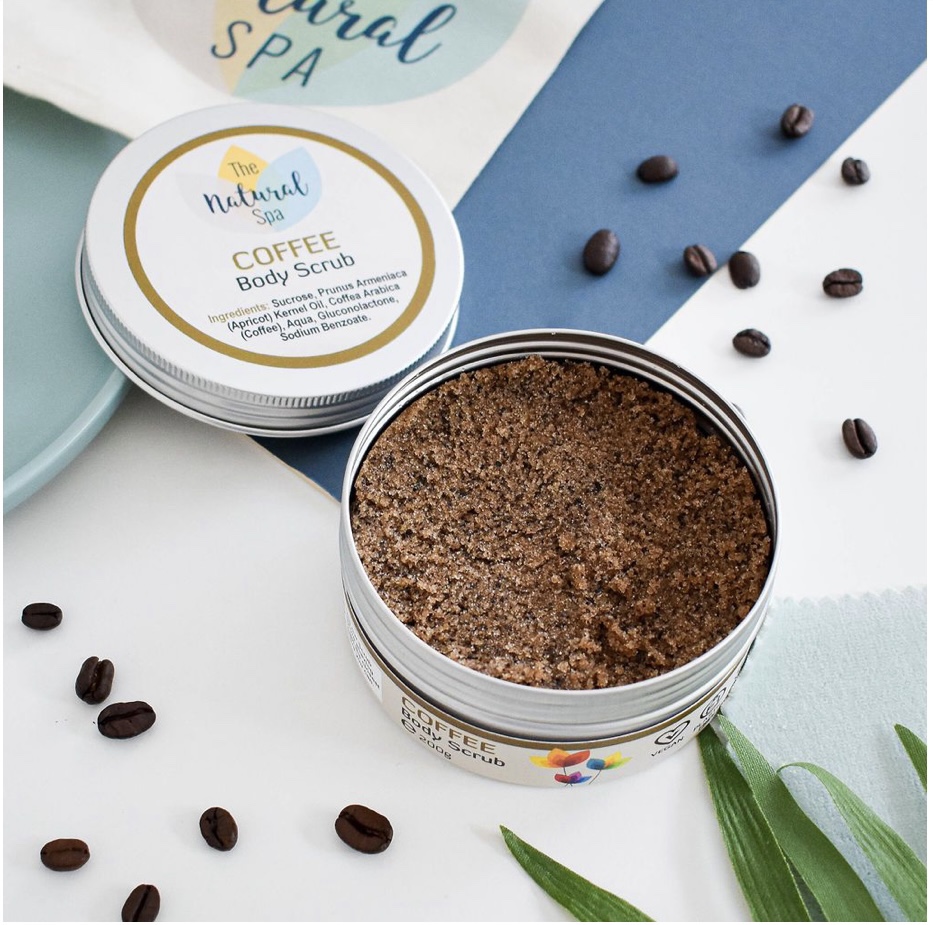The Truth About Fashion: What is Sustainable Fashion?
In a world driven by trends and rapid consumption, the fashion industry has a profound impact on the environment. The need for sustainable fashion practices is more critical than ever. The truth about fashion is that the fashion industry as we know it is harming the environment, but there’s things that we can do about it! Let’s explore the truth about fashion, examining concepts like the life cycle, textile waste, circular fashion, and the role of various entities such as fashion companies, garment workers, and fashion retailers.

Truth About Fashion: What is Sustainable Fashion?
The fashion industry, as we know it, is undergoing a transformation, acknowledging its harmful impact on the environment. The concept of sustainable fashion has emerged as a response to the alarming issues related to the industry’s traditional business model. This article aims to shed light on the various aspects, including the life cycle of clothing, the staggering issue of textile waste, the evolution towards circular fashion, and the roles of different players such as fashion companies, garment workers, and fashion retailers.
Sustainable fashion is a holistic approach that considers the entire life cycle of clothing, from production to disposal. It aims to minimize the environmental footprint of garments, emphasizing ethical practices and conscious consumerism.
What Is Fast Fashion?
Traditionally, the fashion industry operated on a model of two cycles per year, producing spring/summer and fall/winter looks. However, the rise of fast fashion has disrupted this norm. Fast fashion involves the production of cheap, on-trend garments in mass quantities, leading to an increased demand for these items year-round. The emphasis on speed in the manufacturing process allows companies to swiftly introduce new trends, contributing to a substantial carbon footprint and escalating pollution.
The term fast fashion refers to cheaply-made, on-trend garments sold in mass quantities to consumers. If you’ve ever shopped at a Forever 21 or H&M, you’ve likely bought into fast fashion — but clothing production has doubled since 2000, so you’re not alone. The demand for these items has risen consistently every year.
Impact on the Environment
The billion-dollar fast fashion industry exacts a toll on the environment in various ways. Carbon emissions, primarily from the production process, contribute to global warming. The use of fossil fuels and the release of chemicals into the air and water lead to pollution, adversely affecting ecosystems. Additionally, the industry’s substantial water consumption, particularly in cotton cultivation, exacerbates water scarcity issues.
The correlation between fast fashion and its detrimental impact on the environment is evident in various aspects:
- Carbon Emissions: The production of fast fashion contributes to increased CO2 emissions, a major factor in climate change. This greenhouse gas not only affects the Earth’s atmosphere but also poses threats to human, animal, and plant life.
- Pollution: The reliance on fossil fuels in the manufacturing process leads to air pollution, with garment factories releasing chemicals into the atmosphere. Similarly, the issue extends to water pollution, with microfibers from clothes ending up in waterways, exacerbating the problem of trash in oceans.
- Water Scarcity: The vast quantities of water used in the textile production of clothes, especially water-thirsty plants like cotton, contribute to the pressing issue of water scarcity.
- Excess Waste: The constant churn of apparel creation results in old trends becoming textile waste as they are discarded. This is compounded by the fate of unsold items in stores or unused by factories.
Traditionally, the fashion industry operated on two seasonal cycles: spring/summer and fall/winter. However, the rise of fast fashion has disrupted this norm. Fast fashion entails the production of cheap, on-trend clothing in massive quantities, often with short lead times, leading to a constant influx of new items.
The Human Cost: Garment Workers
Beyond environmental concerns, the fast fashion business model has severe social implications, notably for garment workers. In pursuit of rapid production and low costs, workers often face exploitative conditions, inadequate wages, and unsafe workplaces. Addressing sustainable fashion involves not only ecological considerations but also a commitment to ethical labor practices.
How You Can Do Your Part To Move Towards Sustainable Fashion

Consumers play a pivotal role in steering the fashion industry toward sustainability. By making informed choices, supporting ethical brands, and demanding transparency, individuals can contribute to positive change. Recognizing greenwashing tactics is essential to ensure that purportedly sustainable brands genuinely align with eco-friendly practices.
While the shift towards sustainable fashion can seem challenging, there are ways for individuals to make a difference. Despite budget constraints, ethical fashion brands are addressing these concerns by using nontoxic dyes and eco-friendly fabrics. They commit to fair wages for garment workers and prioritize materials like reused or recycled fabric.
The rise of sustainable fashion mirrors a growing awareness among consumers about the environmental and social implications of the industry. Many brands are responding to this demand by adopting more sustainable and ethical practices, emphasizing eco friendly materials and transparent manufacturing processes.
Here are Six sustainable fashion brands leading the way:
- Patagonia: A renowned outdoor clothing brand committed to high-quality, durable products with minimal environmental impact.
- Pact: Offering sustainable and organic clothing for all, Pact uses Fair Trade Certified factories and eco-friendly materials like organic cotton and recycled polyester.
- Eileen Fisher: Focused on creating sustainable and ethical fashion, Eileen Fisher prioritizes organic and natural materials while aiming to reduce waste.
- Veja: A French brand specializing in sustainable sneakers made from environmentally friendly materials like organic cotton and wild rubber.
- Reformation: Committed to reducing environmental impact, Reformation uses sustainable materials like TENCEL™ and implements eco-friendly production processes.
- Outerknown – This brand, founded by professional surfer Kelly Slater, is focused on producing sustainable and ethical clothing for men and women. They use organic and recycled materials and prioritize fair labor practices.
The move towards sustainable fashion is a collective effort. Consumers can make a difference by choosing brands that align with their values, understanding the impact on the environment of their clothing choices, and advocating for positive change within the industry.
In conclusion, the truth about fashion lies in recognizing the need for a shift towards more sustainable practices. By understanding the life cycle of our clothes, addressing the issue of textile waste, and supporting fashion companies that prioritize ethical and eco-friendly approaches, we can contribute to a more sustainable and responsible fashion industry.
Affordable Paths to Sustainable Fashion
One common misconception is that sustainable fashion is expensive. While some brands may carry a higher price tag, there are affordable ways to embrace sustainable choices. Thrift stores, garage sales, and online swap sites offer budget-friendly options for eco-conscious consumers. Additionally, learning to make your clothes or supporting local businesses contributes to a more sustainable fashion ecosystem.
If a tight budget limits your sustainable fashion choices, fear not; ethical brands are emerging to address these concerns. These brands pledge to use non-toxic dyes, eco-friendly fabrics (including reused or recycled materials), and ensure fair wages for workers. Embracing sustainable fashion is a growing movement, with consumers increasingly aware of the industry’s environmental and social impacts.
Looking Ahead: A Call for Sustainable Practices
As we confront the environmental and social challenges posed by the fashion industry, it becomes clear that sustainable practices are not just a trend but a necessity. Embracing circular fashion, minimizing textile waste, and reevaluating the business models of fashion companies are integral steps toward a more sustainable future.
In conclusion, the truth about fashion involves acknowledging its impact on the environment, the welfare of garment workers, and the need for conscious consumer choices. By understanding the life cycle of clothing, the consequences of textile waste, and the principles of circular fashion, we can collectively work towards a fashion industry that aligns with ethical, environmental, and social values.
The move towards sustainable fashion is a collective effort. Consumers can make a difference by choosing brands that align with their values, understanding the impact on the environment of their clothing choices, and advocating for positive change within the industry.
Read more about local brands and fashion that is made in the USA here!











This is such a good post! I did not know about the water issue. Food for thought!
Love that you are bringing awareness to this issue! I think the general public is largely unaware of the harmful implications related to the fast fashion industry. I’ve always been a thrifter by nature, largely due to monetary constraints. But even now, I prefer to purchase second-hand clothing to help reduce waste. Not to mention, I frequently score really unique and fashion-forward pieces from thrift stores 😉 Thanks again for sharing!
Great post! I love shopping at thrift stores. I find it a lot more enjoyable than shopping at malls and fast fashion stores and I often find things I like better anyways! And I really love that there are now thrift stores online.